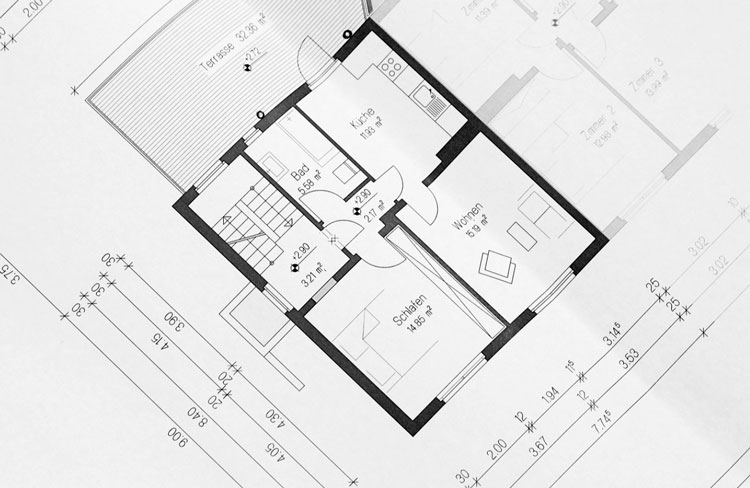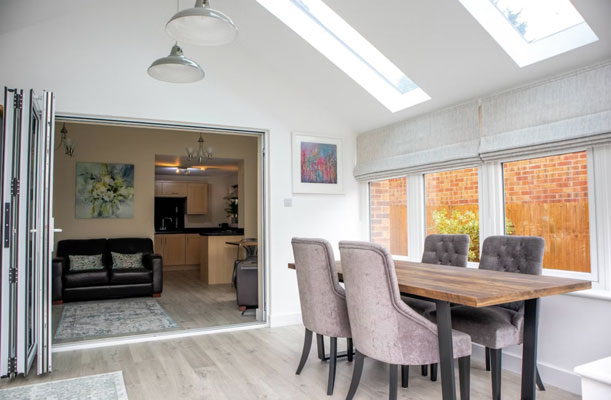Renovating the exterior of your property can bring a fresh, new look and improve its functionality. Whether you are updating your home for aesthetic appeal, increasing its market value, or enhancing energy efficiency, a comprehensive renovation requires careful planning and execution.
Understanding the various stages and elements involved helps in setting realistic expectations, ensuring the process flows smoothly, and achieving satisfactory results. Below, we discuss what to expect during this transformative process.
Understanding the Renovation Process
Crafting a vision for your exterior property renovation is the first step. From conceptualization to realization, the renovation process involves several phases. Homeowners often start by defining their specific needs and desires, such as enhancing curb appeal, installing new siding, or improving landscape architecture.
Consulting with professionals provides valuable insights and guidance, making it easier to navigate through the multitude of options available. Line drawing is followed by detailed planning, where aspects like budget, timeline, and permits come into play.
Setting a realistic budget is vital, as unexpected costs can arise during the renovation process. Homeowners must be prepared to secure appropriate permits based on local regulations, ensuring compliance with zoning laws and construction codes. A clear understanding of your renovation goals, budget, and timelines sets a strong foundation for what’s to come.
Choosing the Right Materials
Selecting appropriate materials is important for a successful exterior renovation. The materials you choose affect aesthetics, functionality, and durability. Wood siding can add warmth and character to a home. There are several types of wood siding available, including cedar, pine, and redwood, each with its own unique properties and maintenance requirements. Beyond wood, homeowners may think about materials like vinyl, fiber cement, or stucco, catering to various tastes and environmental factors.
When choosing materials, take into account durability and maintenance requirements. While natural products like wood offer a beautiful finish, they may require regular upkeep, including painting or staining.
Synthetic materials often provide more durability at a lower maintenance cost. Take into account the climate and weather conditions of your area, as this can significantly influence the longevity and performance of the materials you choose. Hiring a knowledgeable contractor can help in selecting the right materials tailored to your specific property needs.
Hiring the Right Contractor
The success of your exterior renovation depends largely on the contractor you choose. Start by researching local professionals who specialize in property renovations. Look for reviews, references, and previous project portfolios that give insight into their experience and quality of work.
Scheduling consultations can provide clarity on their approach to renovations and help gauge their compatibility with your vision. Once you’ve narrowed down candidates, verify their credentials, licenses, and insurance.
It’s important to hire a contractor who complies with local regulations and carries the necessary insurance to protect both you and the workers involved in the project. Discussing timelines and payments upfront helps establish clear expectations that reduce potential misunderstandings throughout the renovation process.
Request a detailed written estimate to compare material costs, labor, and timelines before signing a contract. Transparent communication is key; ensure that your contractor provides regular updates as the project progresses. Asking about warranties for workmanship and materials can safeguard your investment long-term.
Visit one or two of their completed projects to assess the final quality firsthand. Homeowners can select a contractor who provides dependability and craftsmanship with confidence by following these guidelines.
Staying Informed Throughout the Project
Effective communication is vital throughout your renovation journey. Regular updates from your contractor keep you informed about project progress and timeline adjustments. Establish a preferred communication method, whether through face-to-face meetings, emails, or phone calls.
Address any questions or concerns immediately, avoiding delays that could arise from misunderstandings or misalignments of expectations. Home renovations involve numerous team members – from architects to builders and decorators.
Staying connected with each party ensures everyone remains on the same page. Scheduling periodic site visits allows you to monitor progress firsthand, ensuring the project remains true to your vision. Flexibility is key, as unforeseen challenges may require adaptations in the original plan, and remaining open to adjustments can facilitate smoother execution.
Maintaining a shared digital folder for all contracts, change orders, and design plans can provide a single source of truth for everyone involved. Don’t hesitate to request visual aids, such as sketches or material samples, when discussing potential changes to ensure your vision is fully understood. Celebrating milestones as different phases are completed can boost morale and strengthen the collaborative spirit.
Dealing with Ventilation and Insulation
An often-overlooked aspect of exterior renovations is dealing with ventilation and insulation. Proper ventilation contributes to a comfortable indoor climate, preventing moisture buildup and potential issues like mold or rot.
Ensuring that insulation is up to standard enhances energy efficiency and reduces heating and cooling costs, providing long-term savings. Each component, roofing, siding, and windows, requires attention to insulation effectiveness.
Consulting with professionals regarding insulation options is beneficial. They can recommend energy-efficient materials, such as spray foam or fiberglass, which can significantly impact your property’s energy consumption.
Integrating adequate ventilation systems during the renovation phase allows for improved air quality within your home. Taking these elements into account early on in your project provides lasting benefits that enhance comfort and efficiency long after the renovation is complete.
A well-designed ventilation strategy works in tandem with your insulation, creating a balanced system that prevents stagnant air without sacrificing thermal performance. When selecting materials, it’s wise to think about their vapor permeability to ensure moisture does not become trapped within wall assemblies. For roofs, proper venting is critical to prevent ice dams in winter and extend the life of your shingles.

Embracing the Final Reveal
After weeks or months of hard work, the culmination of your exterior property renovation is the big reveal. This moment can be incredibly satisfying as you see the fruits of your labor come to life.
Checking every detail ensures everything is as it should be, from the landscaping to the newly installed siding. Most importantly, take a step back and appreciate how the changes enhance your home’s curb appeal and functionality. Remember to review all final agreements with your contractor.
Ensure that any final payments reflect the finance agreements established at the project’s start. Should you encounter any issues post-renovation, knowing your contractor’s warranty policies is vital for addressing concerns that arise after completion. Celebrating the success of your renovation can bring a renewed sense of pride in your property, making the entire experience worthwhile.










